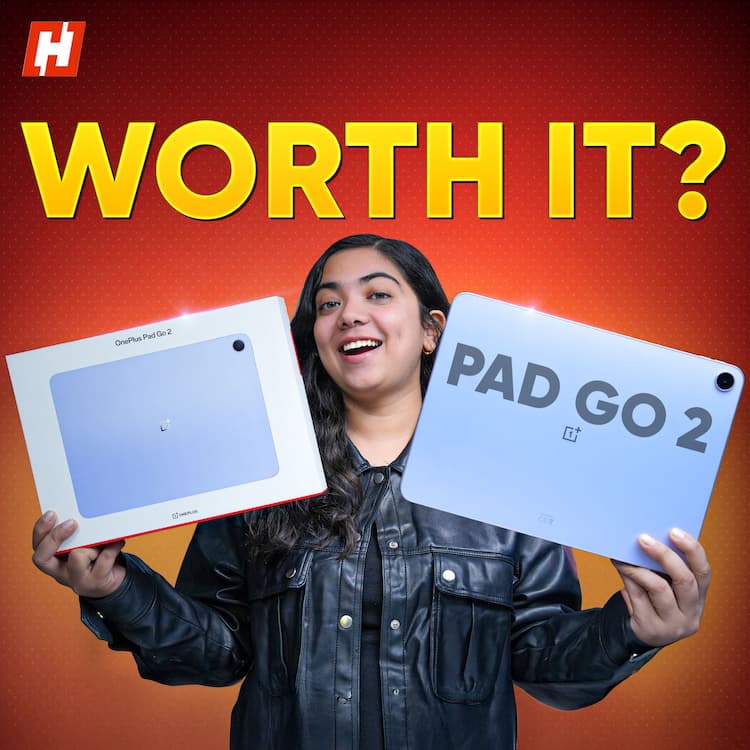Nothing Phone 3a long-term review: All show and no go?
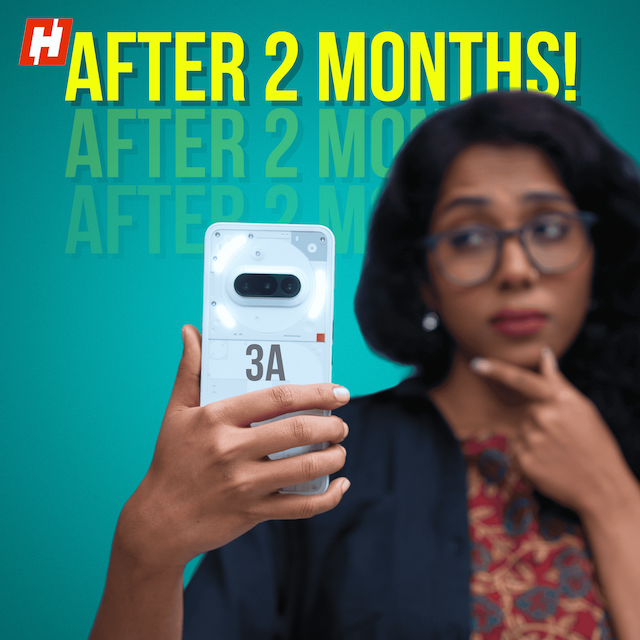
| Display 6.7 inch AMOLED |
Camera 50MP+8MP+50MP |
| Chipset Snapdragon 7s Gen 3 |
Software Nothing OS |
| Wired Charging 45W |
Battery 5000mAh |
- You can play BGMI at 90fps
- OS is very optimised
- Front camera is average
The ₹20,000–₹25,000 price band is easily one of the most chaotic smartphone segments in India right now. There’s no shortage of options, and brands are doing everything they can to grab attention. Some are pushing massive batteries (like iQOO’s 7,300mAh unit), others are borrowing design cues from smartwatches, and a few are going ultra-slim, like Infinix.
This is exactly the space Nothing is stepping into with its new Phone 3a—and it’s not doing it quietly. The brand is clearly aiming to make a statement in a segment where even solid phones can disappear without a trace.
We’ve been using the Nothing Phone 3a as our primary device even before its official India launch, and there's plenty to talk about. From design to day-to-day performance, Nothing’s latest definitely feels like it’s trying to stand out—though whether it manages to do so in the long run is what we’ll get into in the full review.
As of now, the Phone 3a is listed at ₹22,999 on Flipkart, with a ₹2,000 discount for users with select bank cards. It’s unclear how long this offer will stay, but for now, it gives the device a pretty aggressive price tag—especially considering what’s on offer.
Nothing Phone 3a Design
If there’s one area where the Nothing Phone 3a immediately makes an impression, it’s design. In a market crowded with similar-looking slabs, this phone dares to look different. It borrows the transparent, glyph-lit DNA from the Phone 2a but refines it into something bolder—yet more grown-up. It’s playful without trying too hard, and that makes it stand out.
The semi-transparent back grabs attention even before the Glyph Interface kicks in. It’s the kind of phone that sparks curiosity—people ask what it is before they even notice the lights. And while design is subjective, Nothing’s approach here feels refreshing in a space where most phones play it safe.
That said, the build isn’t quite top-tier. The plastic frame doesn’t feel as premium or ergonomic as some rivals from Oppo or OnePlus. It lacks those smooth curves that make a phone feel good in the hand. The unit we tested picked up minor scratches fairly quickly, and long-term durability might be a concern, especially if you go case-free.
Protection-wise, there’s Panda Glass on both sides instead of Gorilla Glass 5, which feels like a step down from the Nothing Phone 2a. A pre-installed screen protector helps, though, and surprisingly, the back on the white variant stayed cleaner than expected.
There are some nice touches here. The stereo speakers are loud and punchy, delivering clear vocals and decent bass—even without Dolby Atmos. Haptics are sharp, responsive, and well integrated into the UI. Auto-brightness is impressively accurate too, especially for this price segment.
The in-display fingerprint scanner is quick and reliable. As for the Glyph Interface, it’s very customisable—but still more of a cool party trick than a genuinely useful feature. It can be distracting, especially when it lights up during calls or notifications while driving or working. The music visualiser, though, is a fun touch.
Lastly, there’s the Essential Key—a new button that leads to a dedicated “Essential Space.” Right now, it’s mostly just a souped-up screenshot hub with some extra functions. Accidental presses are common, given its position next to the power key. While Nothing says it plans to expand what this key can do, remapping it isn’t currently allowed.
Nothing Phone 3a Camera
The Nothing Phone 3a Pro brings a surprisingly capable triple camera setup for its price: a 50MP main sensor, a 50MP 2x telephoto, and an 8MP ultrawide. And honestly, the results are better than expected—especially from the primary shooter.
Photos from the main camera look crisp and detailed in daylight, with colours that pop without going overboard. Skin tones are handled well, too, which isn’t always a given in this price bracket.
The 2x telephoto lens is great for portrait mode. It offers smooth depth-of-field blur and mostly nails edge detection. If you’re into taking people shots or want that DSLR-style background blur, you’ll enjoy what this camera can do.
Low-light shots are noticeably better than what we’ve seen from previous Nothing phones. It controls flare well, and exposures are more balanced, though it still trails behind some of the competition at night. The ultrawide camera, meanwhile, feels like an afterthought—usable, but nothing exciting.
For video, you can shoot up to 4K at 30fps using the main sensor, which is more than enough for casual creators. But the lack of 4K support on the 50MP telephoto is a bit of a letdown—it feels like wasted potential, given that the hardware should be up to the task.
Nothing Phone 3a Display
The Nothing Phone 3a features a 6.7-inch flat AMOLED panel with 10-bit colour depth, a 1080p resolution, and a 120Hz refresh rate. While some rivals in this segment have started offering sharper 1.5K displays, Nothing sticks to a more standard Full HD+ panel here.
On paper, the specs may not turn heads—but in day-to-day use, the screen more than holds its own. It’s bright, vivid, and tuned well for content consumption. Whether you’re watching YouTube videos or binging full seasons on Netflix, the colours look rich, and the viewing experience stays consistent across lighting conditions.
Even outdoors, the screen remains surprisingly legible, which isn’t something you can say for every phone in this price bracket. During testing, it proved to be one of the more reliable displays when it came to visibility in harsh sunlight.
It might not be the most pixel-dense panel out there, but for the price, this is a solid screen that gets the job done—and looks good doing it.
Nothing Phone 3a Battery
The Nothing Phone 3a packs a 5,000mAh battery that easily lasts a full day—even with heavy use. Whether you’re on calls, snapping pics, or bingeing videos, it holds up well.
But compared to rivals pushing newer silicon-carbon batteries, Nothing plays it a bit safe here. And unlike brands like iQOO, OnePlus, and POCO, you don’t get a charger in the box—something that feels like a miss at this price.
Charging speeds are fine, just not impressive. The Phone 3a supports up to 50W wired charging, which gets you a full top-up in around 90 minutes if you’re using a compatible third-party charger. It’s fine, but when rivals are pushing 80W or even 100W speeds, Nothing could’ve definitely turned up the heat here.
Nothing Phone 3a Performance & software
The Nothing Phone 3a isn’t trying to be a power machine, but don’t be fooled—it’s got more muscle than you’d think. Running on the Snapdragon 7s Gen 3 with 8GB RAM and up to 256GB storage, it handles everyday stuff without breaking a sweat. Apps open fast, multitasking feels smooth, and you won’t catch it lagging while doomscrolling or binge-watching.
But once you throw a little pressure its way—like longer gaming sessions or using the camera outdoors—it starts to feel the heat, literally. The phone gets noticeably warm, and while it doesn’t crash or slow to a crawl, there is some choppiness when switching camera modes or processing shots. It’s not a dealbreaker, but it’s there—and if you've used other 7s Gen 3 phones, it’ll feel familiar.
Still, gaming is surprisingly solid. BGMI runs at 90fps without melting down, Call of Duty Mobile is a breeze, and even Genshin Impact plays nicely on medium-high settings. It’s not labelled a gaming phone, but it’s definitely game-ready.
The only real drag? The storage. UFS 2.2 is fine for now, but with apps getting heavier and games growing larger, it feels like a bit of a shortcut. A bump to UFS 3.1 would’ve made it more future-proof, especially since some phones in this range already offer it.
On the software front, Nothing OS 3.1 is still one of the cleanest Android skins out there. It’s minimal, snappy, and full of neat little animations that make the phone feel fun to use. The branding’s strong here—you know you’re using a Nothing phone the moment you unlock it. Plus, with three years of Android updates and six years of security patches promised, it’s got solid long-term support baked in.
Nothing Phone 3a Verdict
There’s a lot to like about the Nothing Phone 3a Pro. It nails the aesthetics, offers a clean and bloat-free software experience, and delivers solid cameras—especially for portraits and daylight shots. If you’re someone who values design and minimal UI, this phone absolutely stands out in the crowded mid-range space.
But it’s not without its trade-offs. Performance is decent but not class-leading, and the charging speeds don’t quite match up to what some competitors offer. And while the overall camera setup is impressive, the ultrawide lens and missing 4K telephoto support hold it back a bit.
For ₹22,999, it’s still a strong package—but it’s worth noting that the Realme P3 Pro, which costs just ₹1,000 more, edges ahead in raw performance and camera versatility.
Still, if you want something that looks different, feels unique, and keeps the software experience clean, the Phone 3a Pro is an easy recommendation.
Trending in Tech
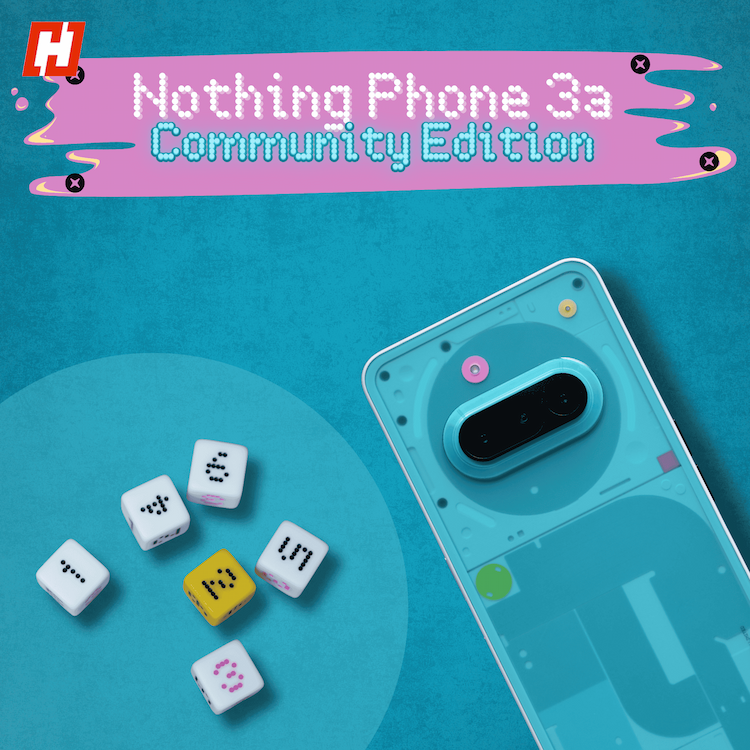
Nothing Phone 3a Community Edition first look & ASMR unboxing: Designed by fans, made for fans
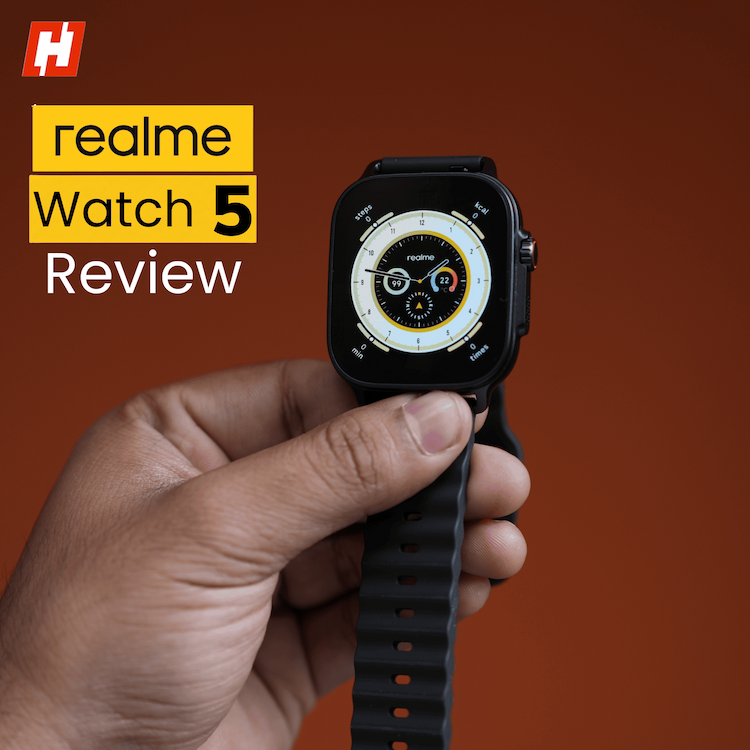
Realme Watch 5 Review: Surprisingly good for the price
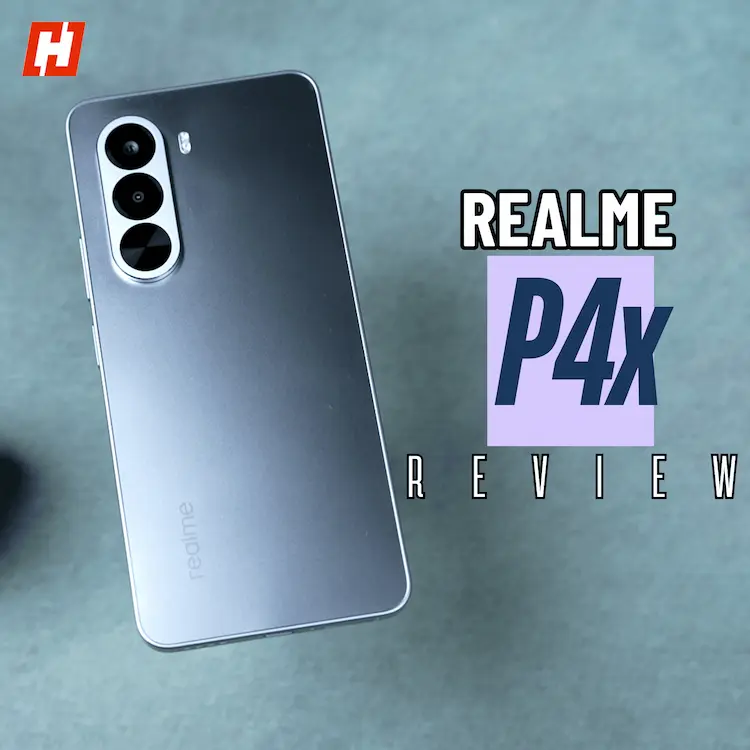
Realme P4x Review: Premium vibe, strong battery and dependable performance
